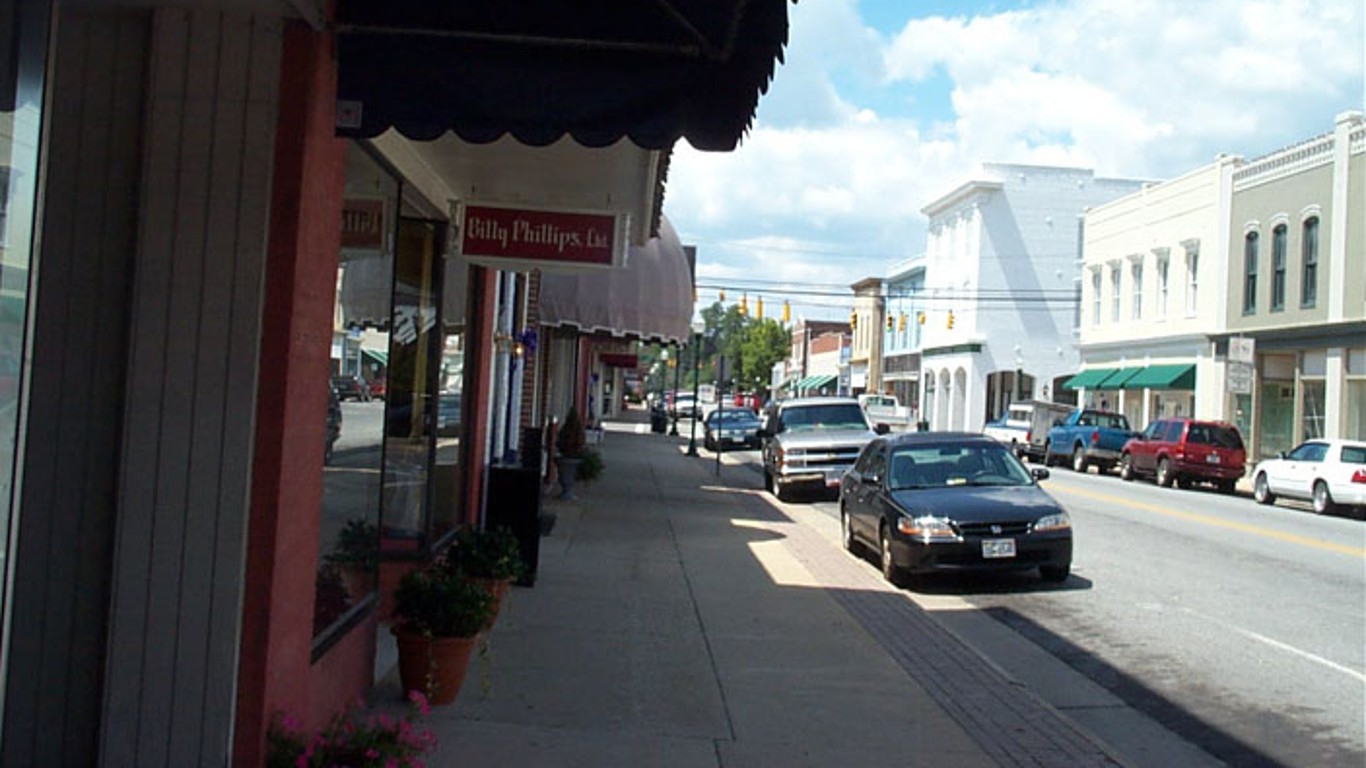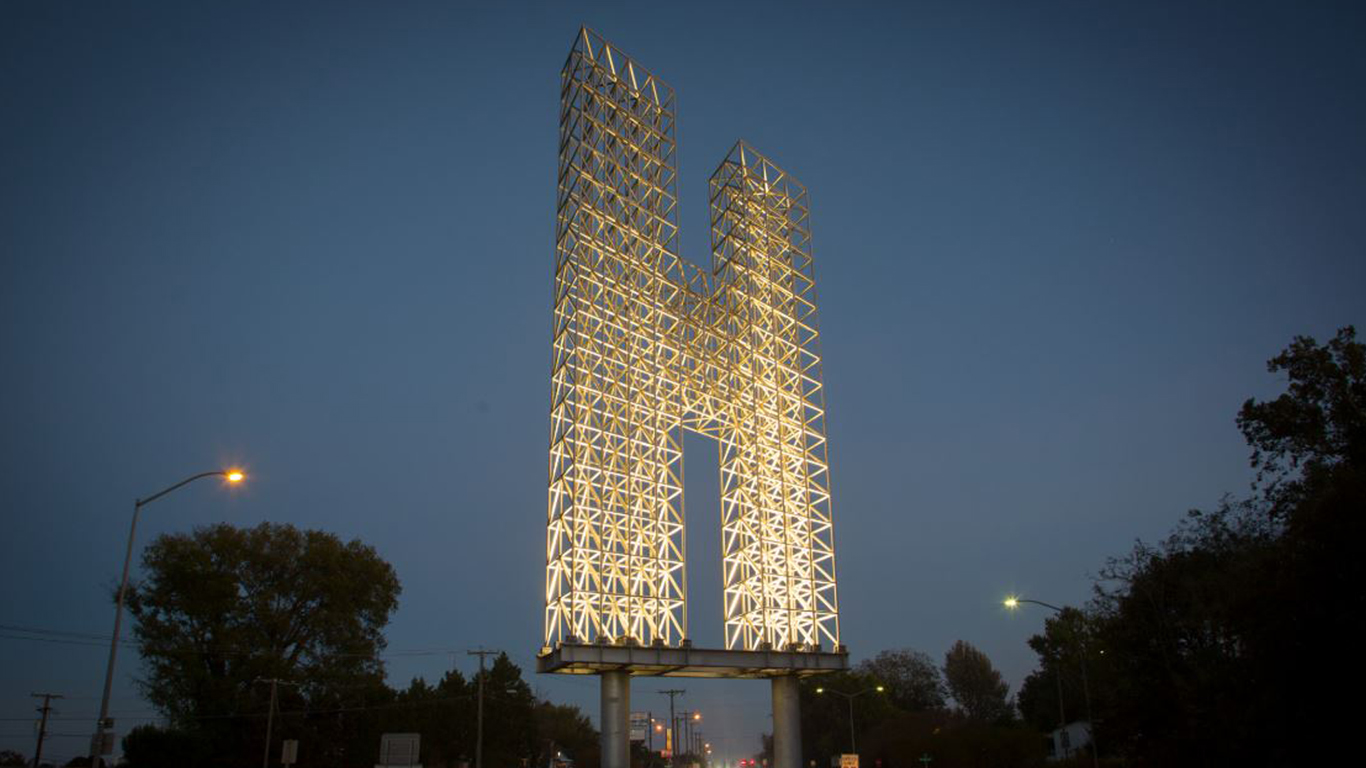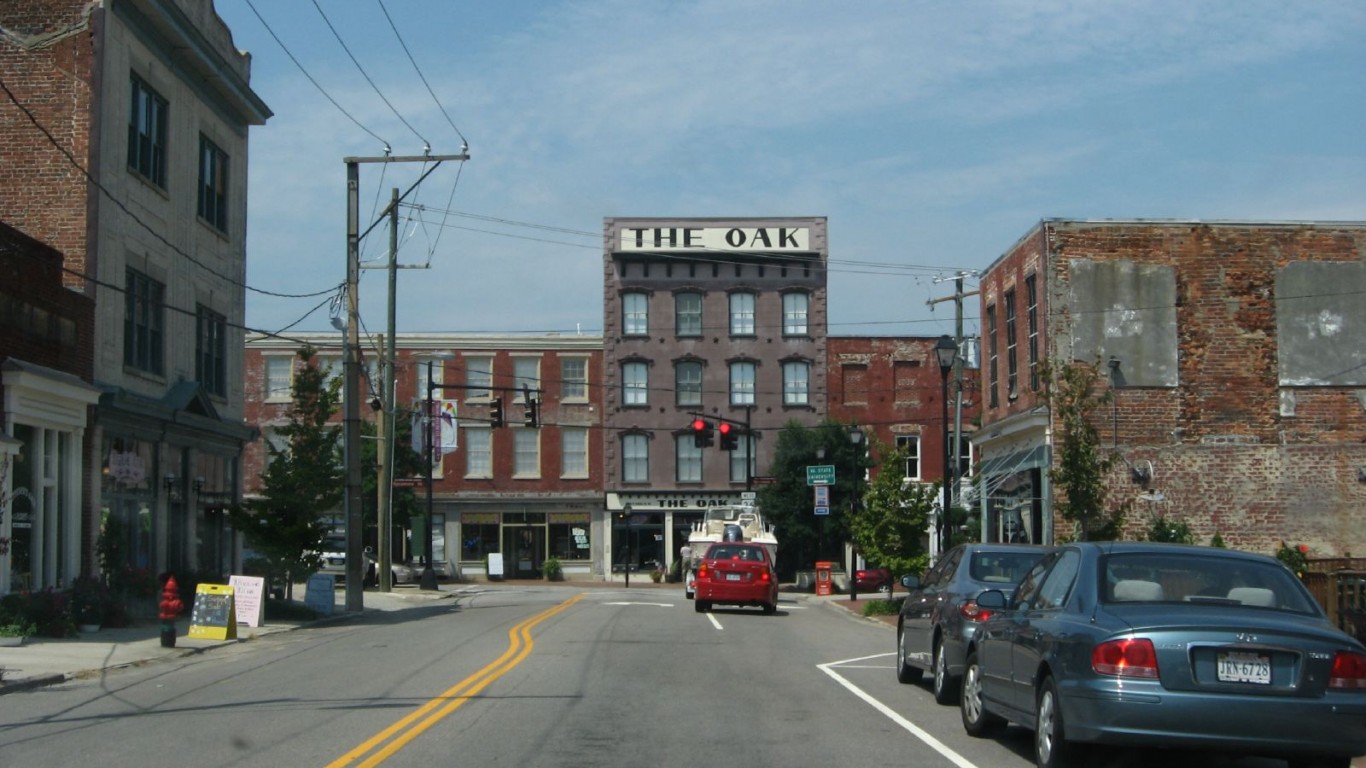
More than 60 years have passed since President Lyndon Johnson declared war on poverty, and yet, poverty remains endemic in the United States. In any given year over the last three decades, anywhere from 31.6 million to 48.8 million Americans were living below the poverty line. Over that period, the annual U.S. poverty rate climbed as high as 15.9%, and never fell below 11.3%.
The effects of poverty extend far beyond economics. According to the latest Pulse Survey from the U.S. Census Bureau, 38% of American adults earning less than $25,000 reported feeling depressed or hopeless on most days, compared to 17% of all adults. Additionally, 27% of adults in the lowest income bracket reported not having enough to eat within the last week, three times the food insufficiency rate among all adults.
In most of the country, including Virginia, the U.S. Department of Health and Human Services sets the poverty line at an annual income of $15,060 for individuals and $31,200 for a family of four. In Virginia, 10.0% of the population live below these thresholds — and in many towns across the state, the poverty rate is far higher.
Using five-year estimates from the Census’ 2022 American Community Survey, 24/7 Wall St. identified the towns in Virginia with the highest poverty rates. We considered all places — including cities, towns, and unincorporated communities — with populations between 5,000 and 50,000. Because the presence of colleges and universities can distort economic realities in a given area, places where 20% or more of the population are enrolled in a post-secondary institution were excluded from analysis.
Among the 35 places on this list, poverty rates range from 13.8% to 27.3%, and in all but two of these places, the typical household earns less than the statewide median household income of $87,249.
Widespread financial hardship in these areas is partially attributable to a lack of economic opportunity. In most places on this list, the five-year average unemployment rate is higher than the comparable 4.3% jobless rate across Virginia.
Incomes and job security tend to rise with educational attainment. According to the Bureau of Labor Statistics, the typical worker with a bachelor’s degree earns 66% more than those with no more than a high school diploma. Additionally, workers with only a high school education are far more likely to be unemployed than college graduates. In the vast majority of towns on this list, the share of adults with a bachelor’s degree is below the 41.0% statewide bachelor’s degree attainment rate.
Why It Matters
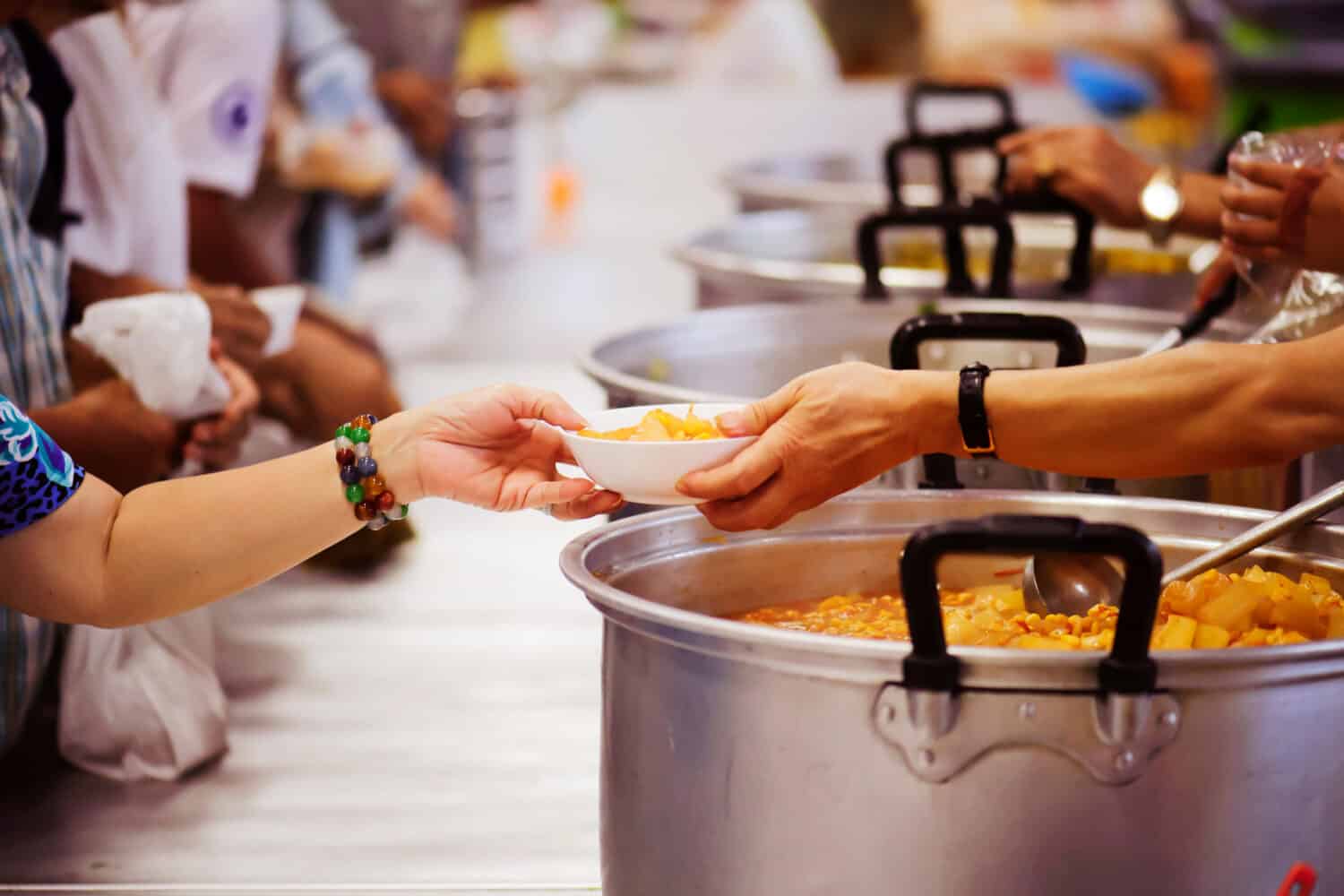
The United States is, in many ways, the center of gravity of the global economy. The U.S. dollar has been the world’s leading reserve currency since the end of World War II, and American gross domestic product accounts for over a quarter of economic activity worldwide. Despite these advantages, more than one in every 10 Americans have been living below the poverty line for decades. For those facing serious financial hardship, the effects are far reaching. Poverty can negatively impact mental health, social relationships, and life expectancy.
35. Collinsville

- Poverty rate: 13.8%
- Median household income: $45,914
- 5-yr. avg. unemployment rate: 6.5%
- Adults with a bachelor’s degree or higher: 26.5%
- Population: 7,640
34. Hutchison

- Poverty rate: 14.4%
- Median household income: $99,647
- 5-yr. avg. unemployment rate: 2.8%
- Adults with a bachelor’s degree or higher: 42.6%
- Population: 6,947
33. Front Royal

- Poverty rate: 15.5%
- Median household income: $62,735
- 5-yr. avg. unemployment rate: 7.5%
- Adults with a bachelor’s degree or higher: 17.4%
- Population: 15,064
32. Abingdon

- Poverty rate: 15.7%
- Median household income: $56,164
- 5-yr. avg. unemployment rate: 4.0%
- Adults with a bachelor’s degree or higher: 37.3%
- Population: 8,346
31. Waynesboro

- Poverty rate: 16.1%
- Median household income: $52,519
- 5-yr. avg. unemployment rate: 4.7%
- Adults with a bachelor’s degree or higher: 27.2%
- Population: 22,341
30. Dumbarton

- Poverty rate: 16.4%
- Median household income: $59,005
- 5-yr. avg. unemployment rate: 4.5%
- Adults with a bachelor’s degree or higher: 28.4%
- Population: 8,271
29. Big Stone Gap

- Poverty rate: 16.4%
- Median household income: $52,663
- 5-yr. avg. unemployment rate: 11.7%
- Adults with a bachelor’s degree or higher: 19.4%
- Population: 5,221
28. Winchester

- Poverty rate: 16.8%
- Median household income: $62,495
- 5-yr. avg. unemployment rate: 5.2%
- Adults with a bachelor’s degree or higher: 32.3%
- Population: 28,103
27. Covington

- Poverty rate: 16.9%
- Median household income: $45,737
- 5-yr. avg. unemployment rate: 2.6%
- Adults with a bachelor’s degree or higher: 11.4%
- Population: 5,722
26. Bristol
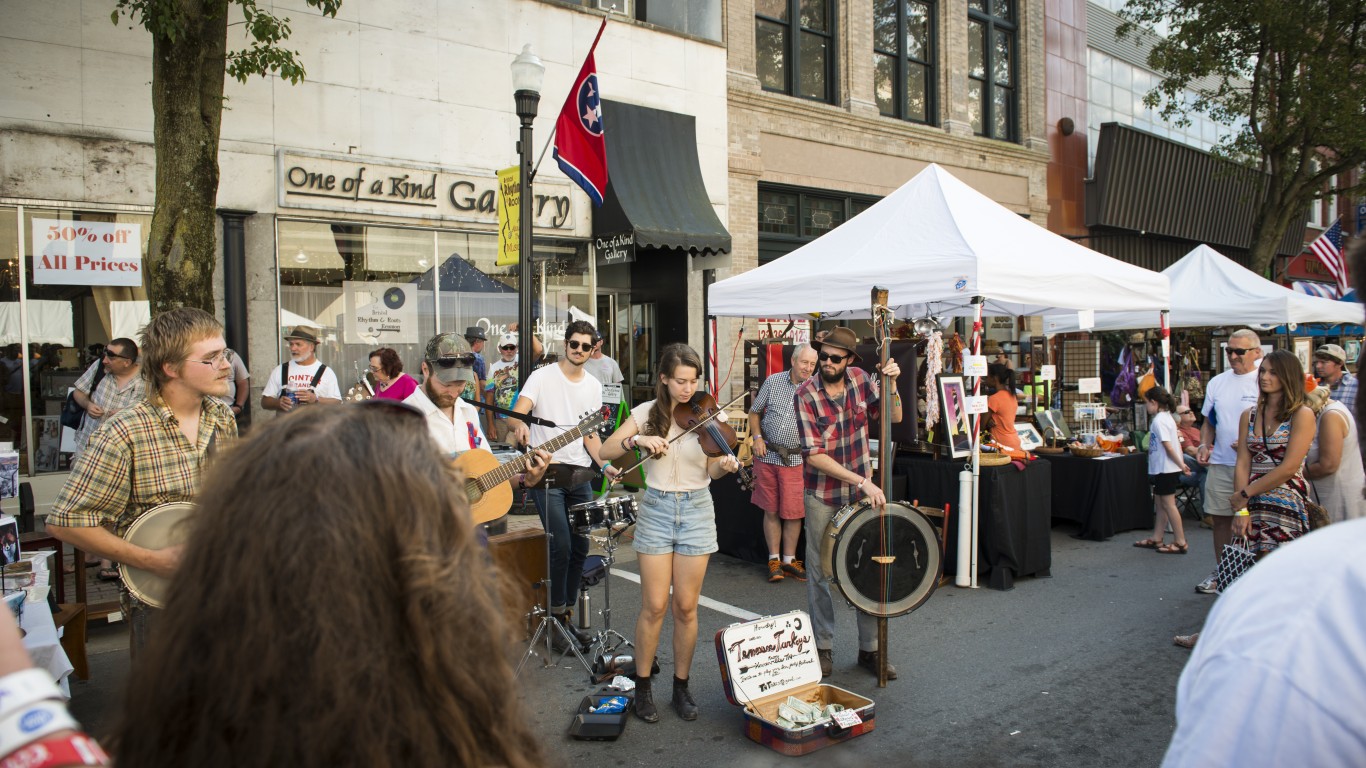
- Poverty rate: 17.0%
- Median household income: $45,250
- 5-yr. avg. unemployment rate: 4.1%
- Adults with a bachelor’s degree or higher: 22.8%
- Population: 17,036
25. Emporia
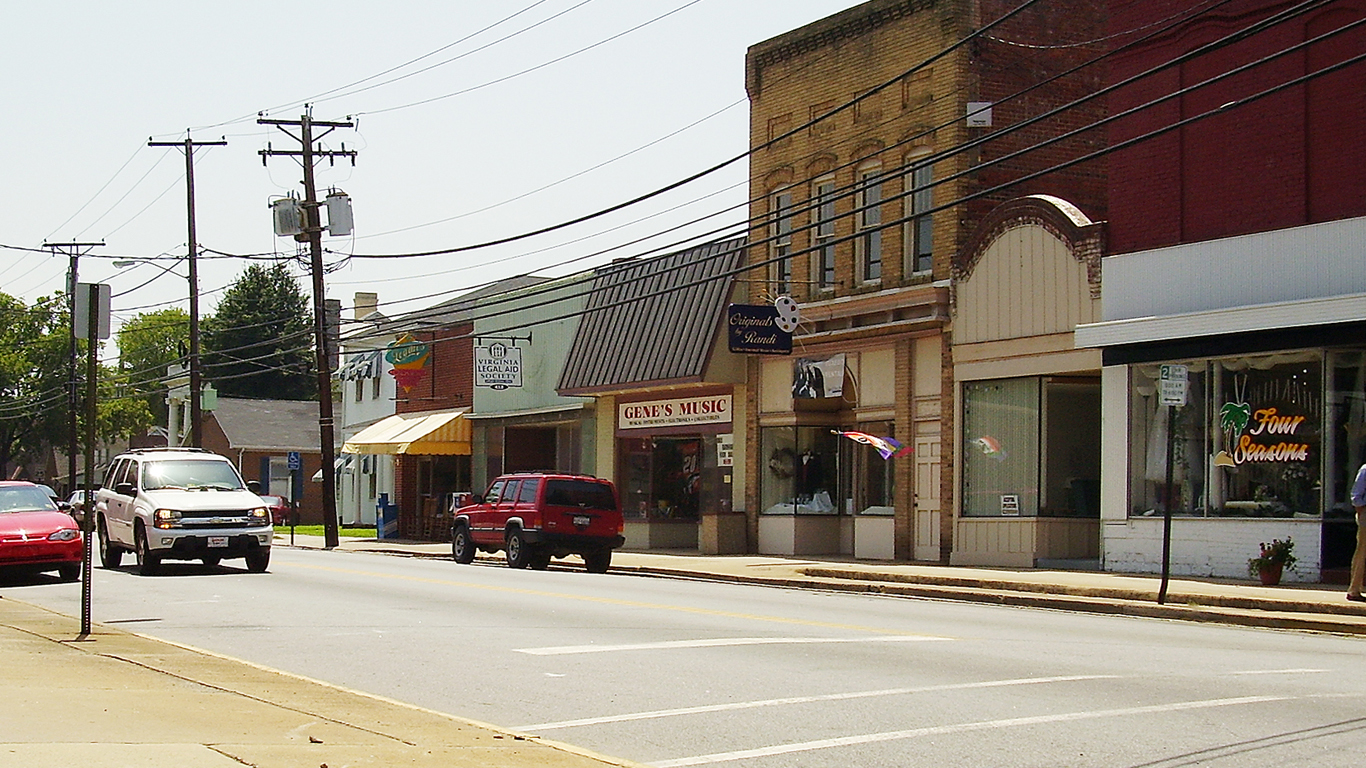
- Poverty rate: 17.3%
- Median household income: $41,442
- 5-yr. avg. unemployment rate: 7.0%
- Adults with a bachelor’s degree or higher: 16.5%
- Population: 5,680
24. Hybla Valley
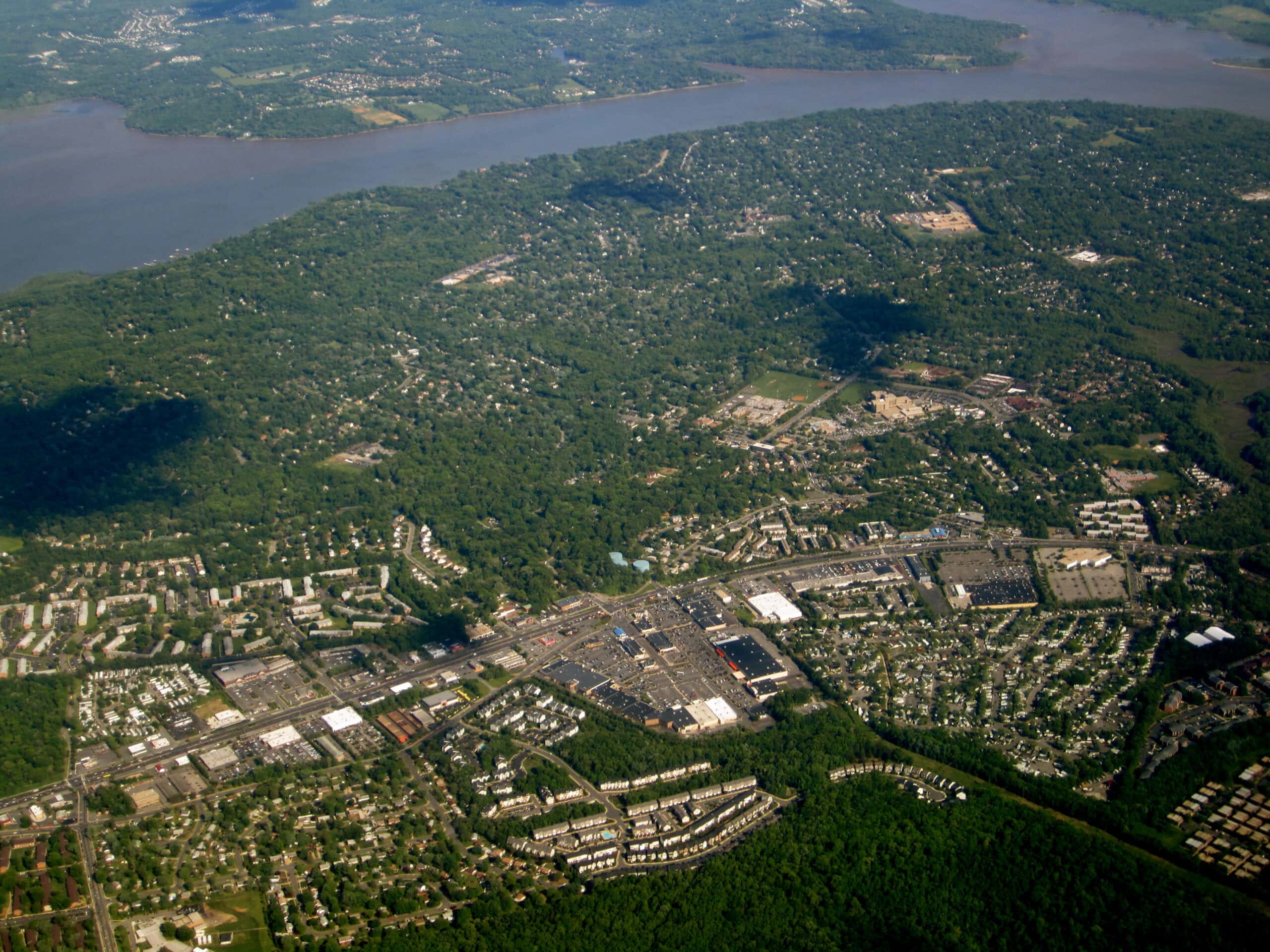
- Poverty rate: 17.5%
- Median household income: $65,843
- 5-yr. avg. unemployment rate: 6.3%
- Adults with a bachelor’s degree or higher: 35.0%
- Population: 18,104
23. Bluefield
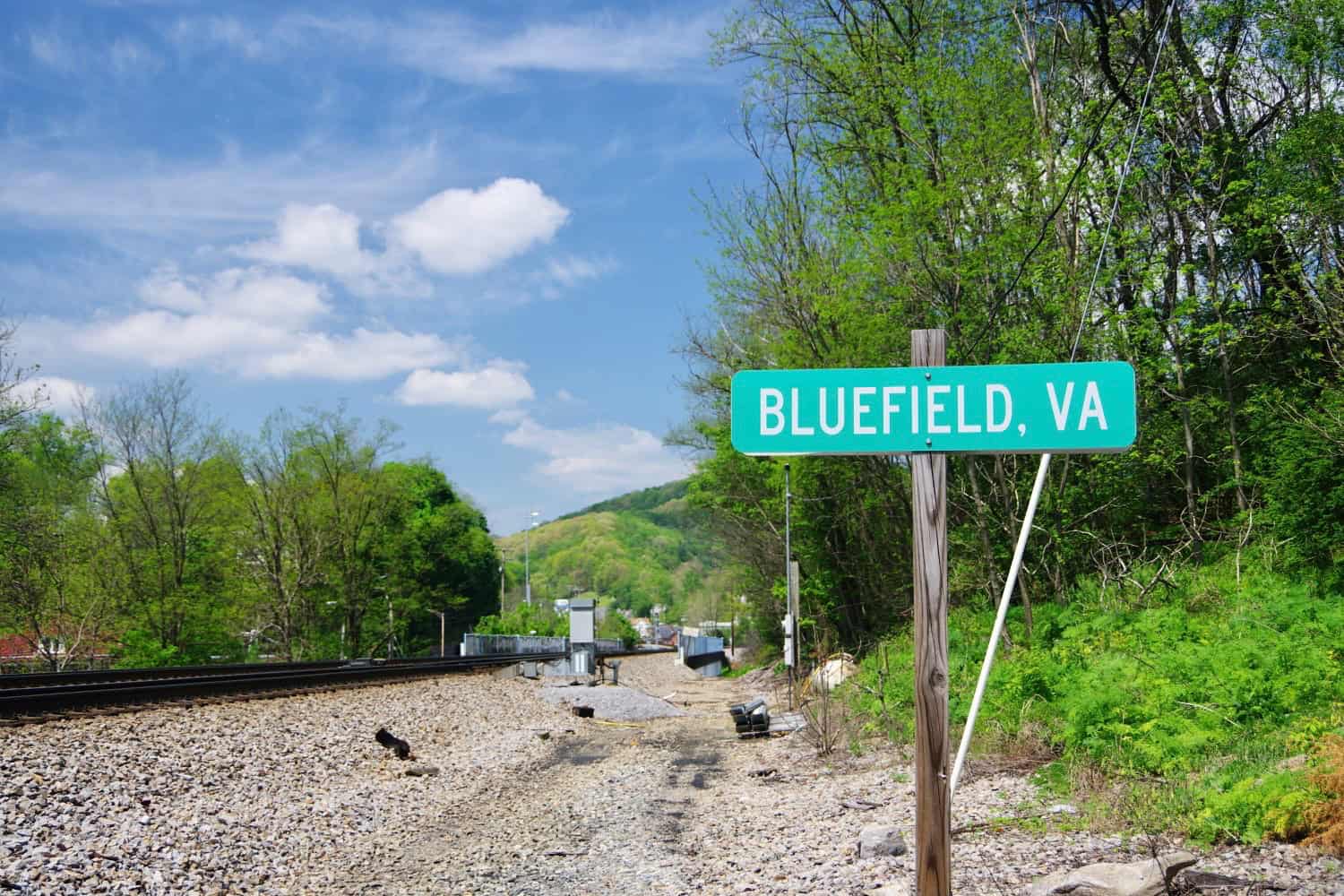
- Poverty rate: 18.0%
- Median household income: $53,162
- 5-yr. avg. unemployment rate: 2.8%
- Adults with a bachelor’s degree or higher: 29.0%
- Population: 5,059
22. Fredericksburg
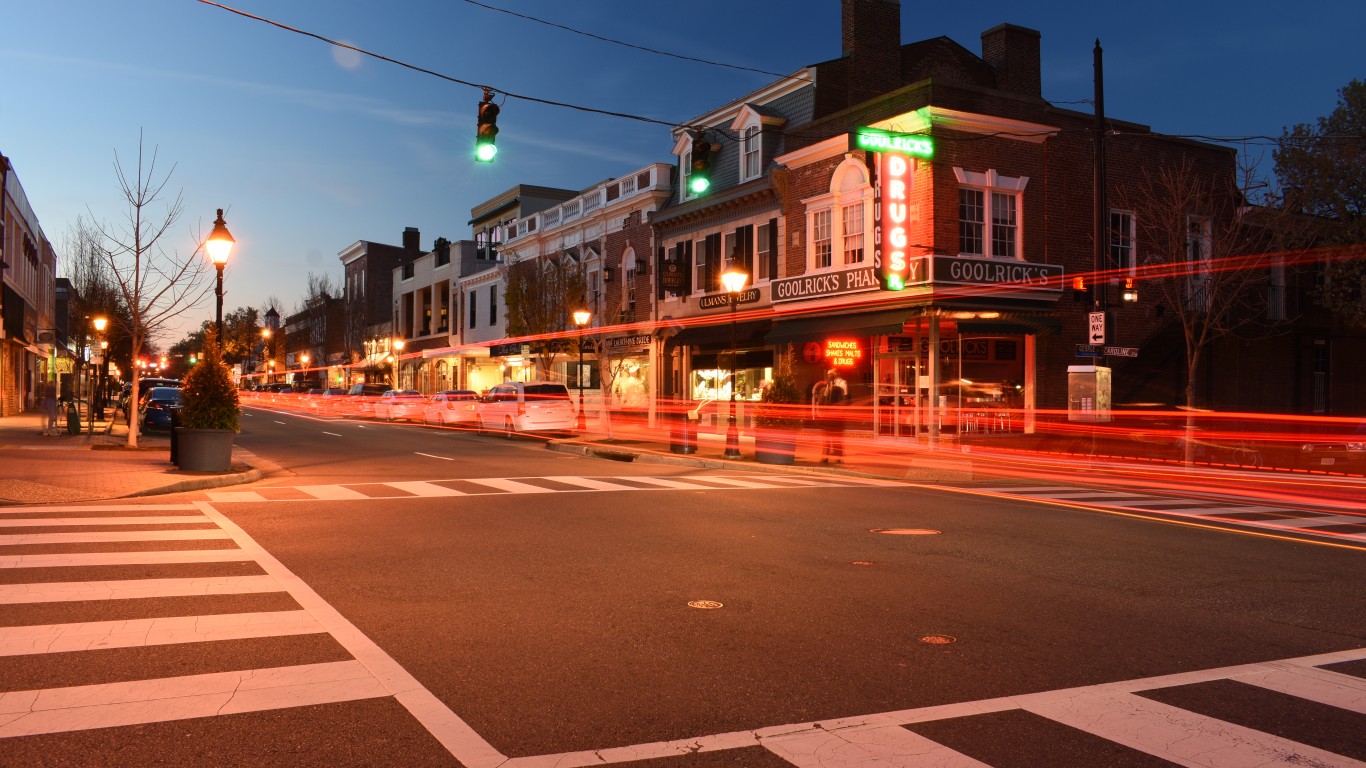
- Poverty rate: 18.0%
- Median household income: $83,445
- 5-yr. avg. unemployment rate: 5.1%
- Adults with a bachelor’s degree or higher: 43.5%
- Population: 28,258
21. Dulles Town Center
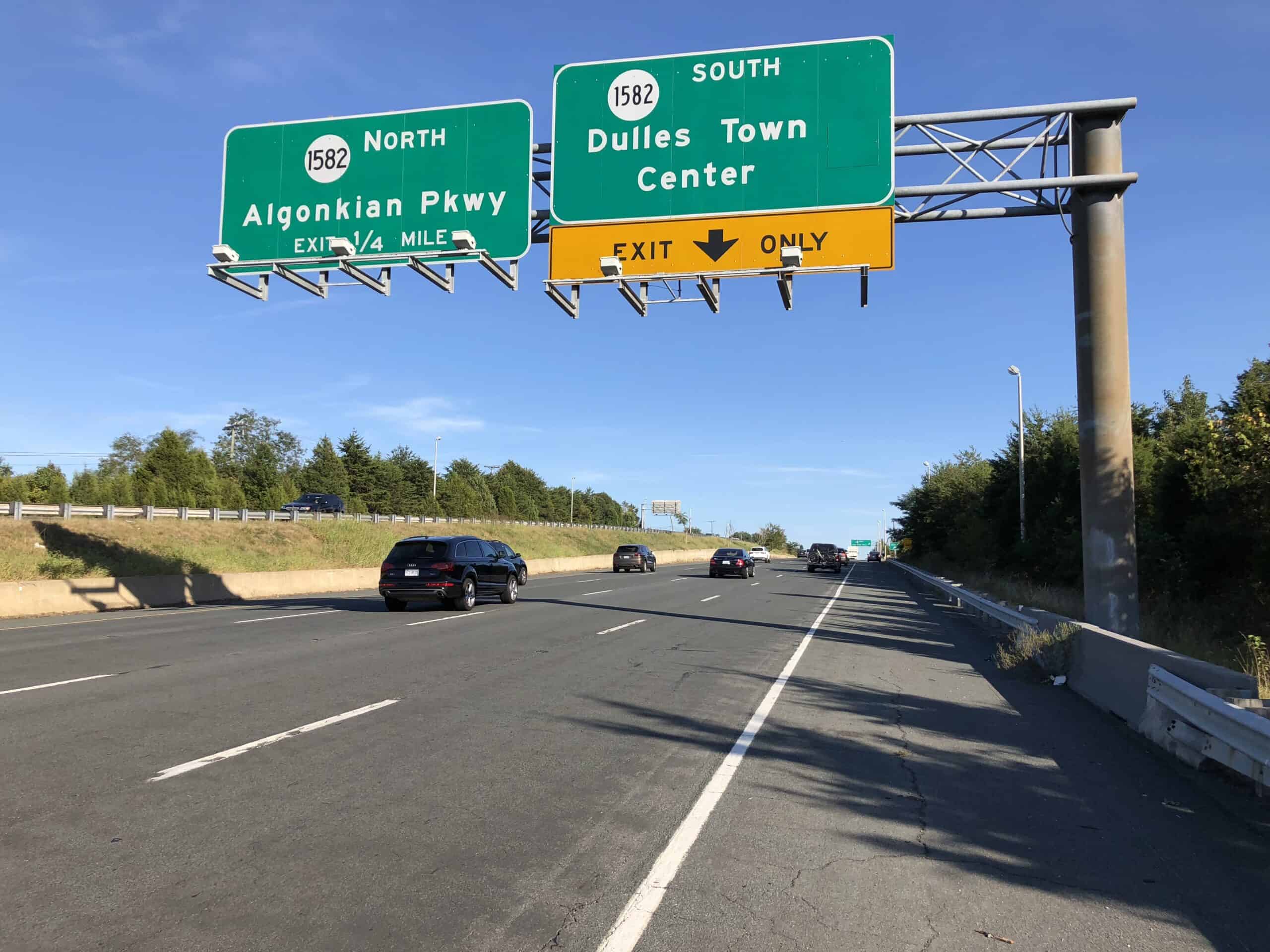
- Poverty rate: 18.1%
- Median household income: $114,034
- 5-yr. avg. unemployment rate: 4.0%
- Adults with a bachelor’s degree or higher: 51.8%
- Population: 5,884
20. Franklin
- Poverty rate: 18.7%
- Median household income: $57,537
- 5-yr. avg. unemployment rate: 5.3%
- Adults with a bachelor’s degree or higher: 23.2%
- Population: 8,194
19. Bellwood
- Poverty rate: 19.0%
- Median household income: $50,231
- 5-yr. avg. unemployment rate: 7.4%
- Adults with a bachelor’s degree or higher: 13.6%
- Population: 7,783
18. Highland Springs
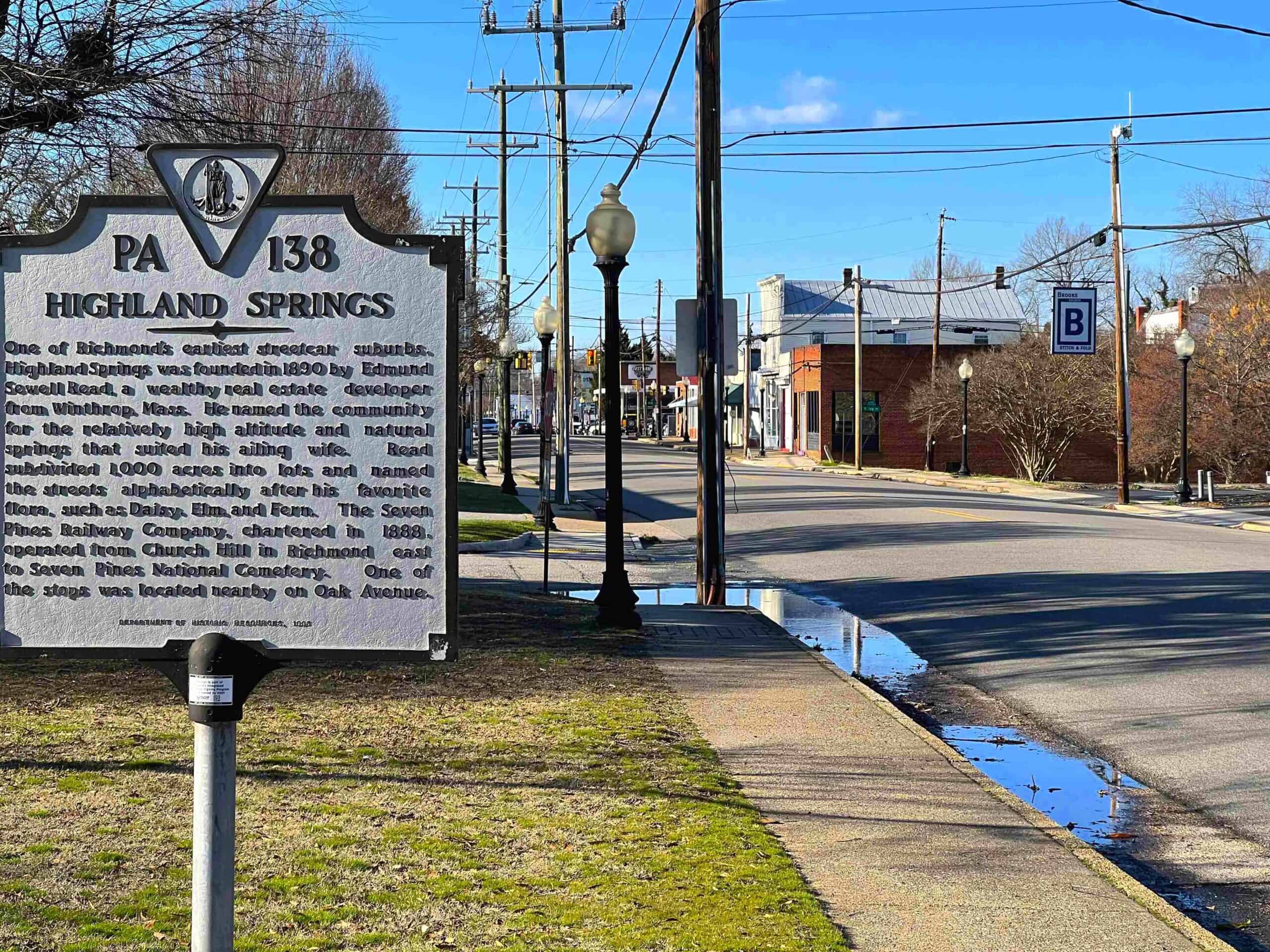
- Poverty rate: 19.1%
- Median household income: $54,270
- 5-yr. avg. unemployment rate: 5.4%
- Adults with a bachelor’s degree or higher: 17.8%
- Population: 14,881
17. South Boston
- Poverty rate: 20.4%
- Median household income: $49,654
- 5-yr. avg. unemployment rate: 4.3%
- Adults with a bachelor’s degree or higher: 19.9%
- Population: 7,942
16. Marion

- Poverty rate: 20.7%
- Median household income: $37,337
- 5-yr. avg. unemployment rate: 5.1%
- Adults with a bachelor’s degree or higher: 20.8%
- Population: 5,722
15. Bailey’s Crossroads
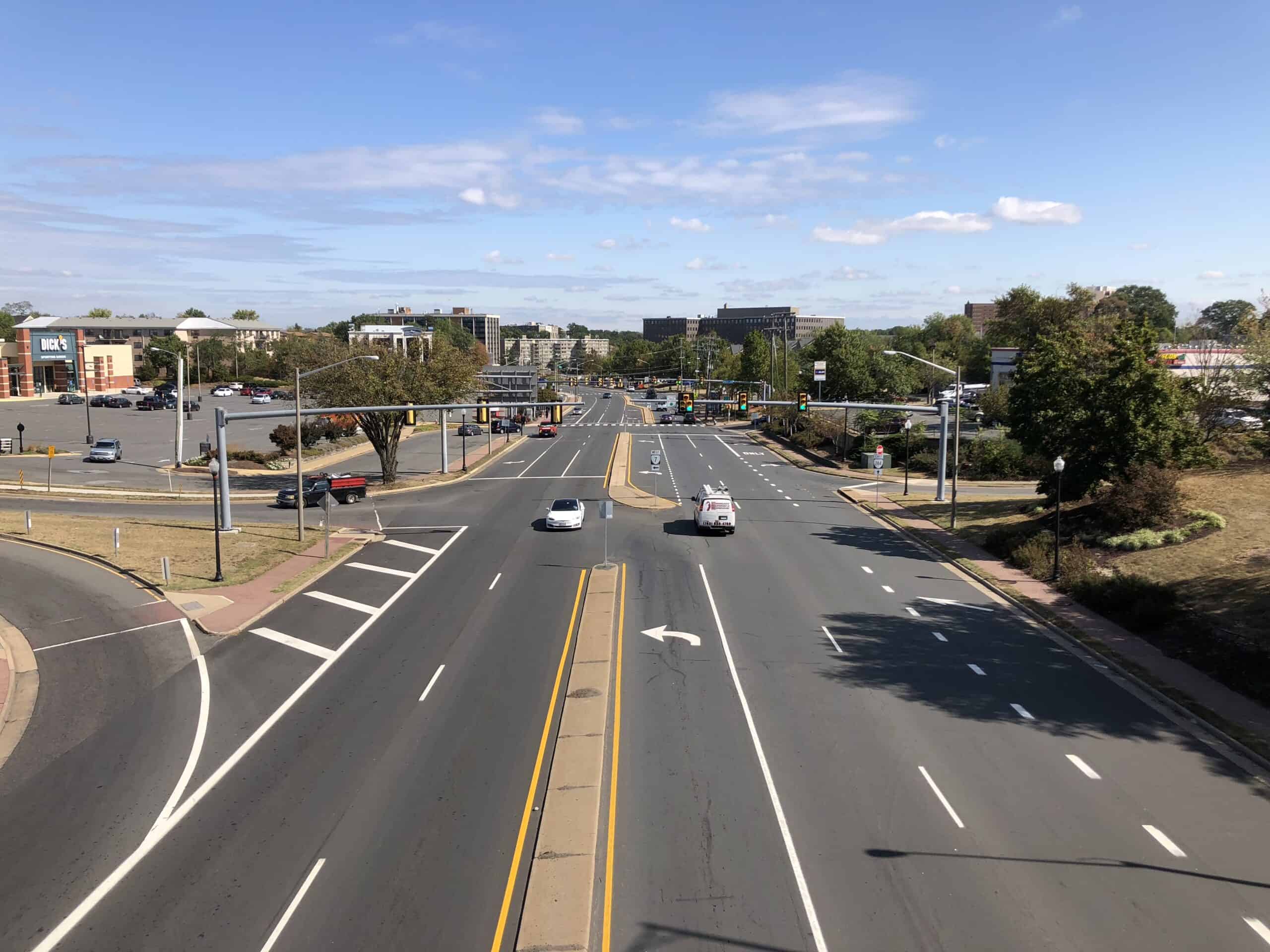
- Poverty rate: 21.3%
- Median household income: $78,286
- 5-yr. avg. unemployment rate: 7.2%
- Adults with a bachelor’s degree or higher: 43.5%
- Population: 24,785
14. Hopewell
- Poverty rate: 21.3%
- Median household income: $50,661
- 5-yr. avg. unemployment rate: 8.6%
- Adults with a bachelor’s degree or higher: 11.1%
- Population: 23,046
13. Bensley
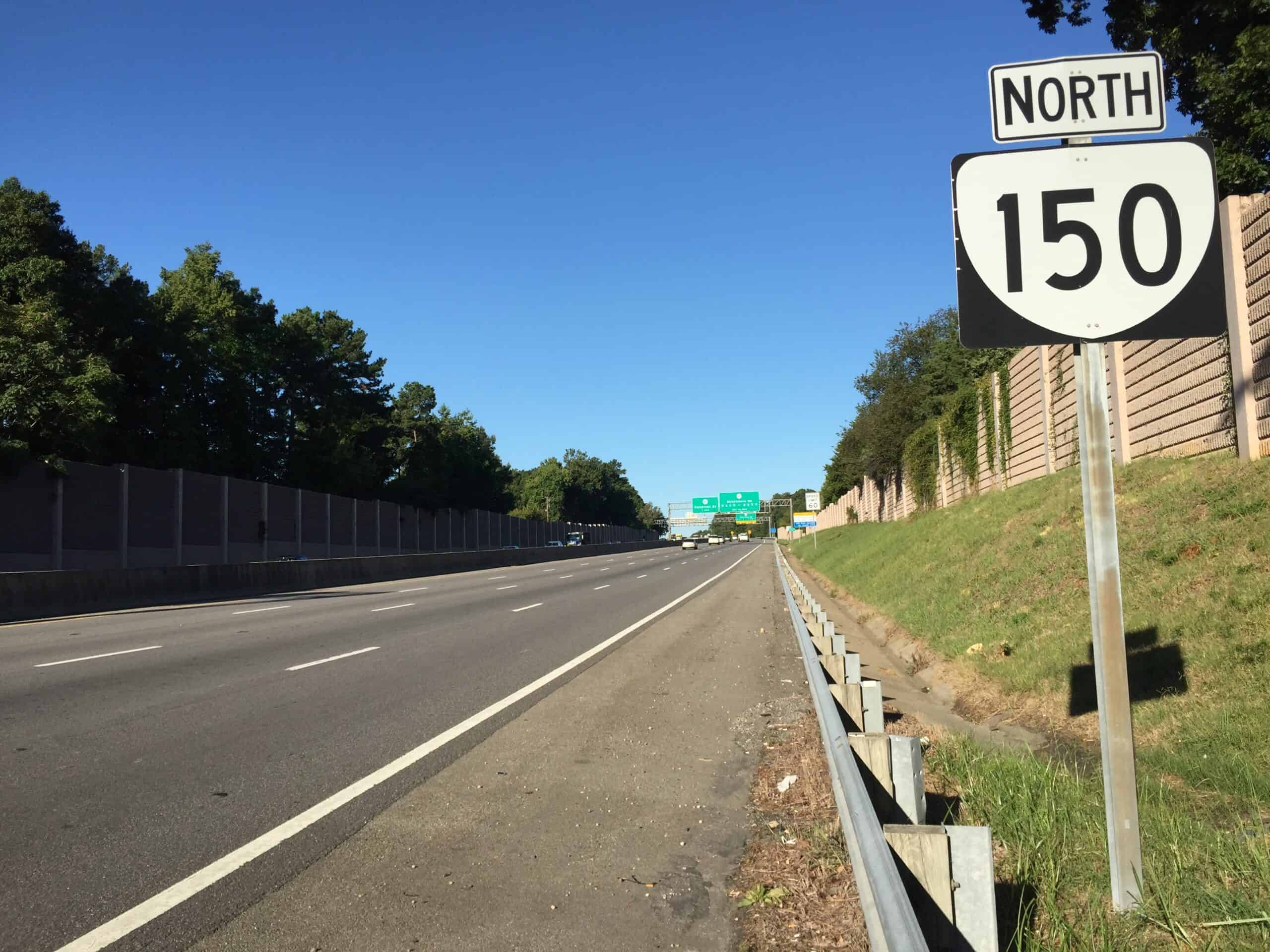
- Poverty rate: 21.9%
- Median household income: $44,026
- 5-yr. avg. unemployment rate: 8.5%
- Adults with a bachelor’s degree or higher: 11.3%
- Population: 6,032
12. Buena Vista

- Poverty rate: 21.9%
- Median household income: $48,783
- 5-yr. avg. unemployment rate: 1.3%
- Adults with a bachelor’s degree or higher: 21.5%
- Population: 6,639
11. Seven Corners
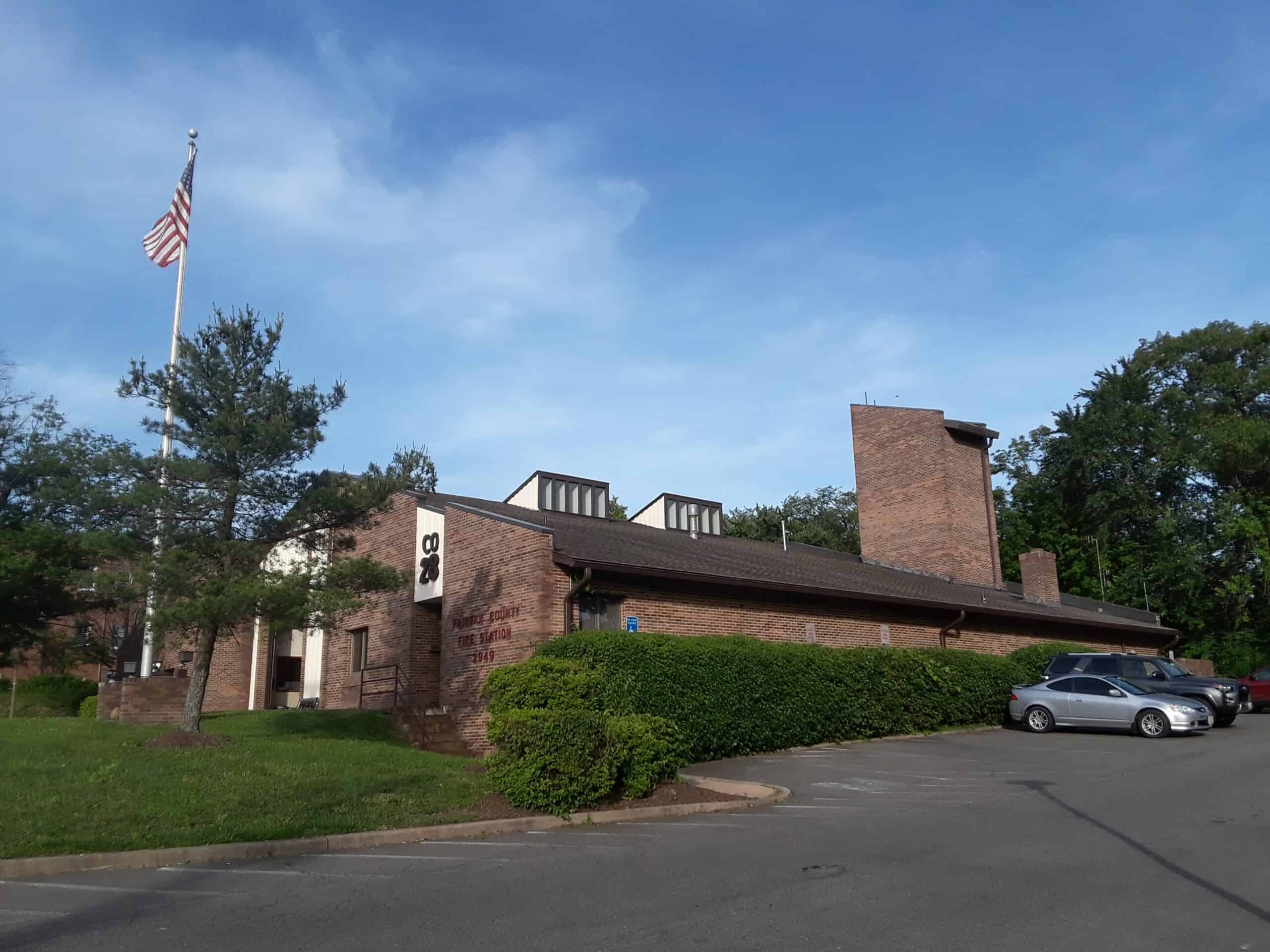
- Poverty rate: 22.0%
- Median household income: $63,625
- 5-yr. avg. unemployment rate: 8.2%
- Adults with a bachelor’s degree or higher: 37.3%
- Population: 9,141
10. Petersburg
- Poverty rate: 22.2%
- Median household income: $46,930
- 5-yr. avg. unemployment rate: 11.1%
- Adults with a bachelor’s degree or higher: 21.8%
- Population: 33,261
9. Galax

- Poverty rate: 22.4%
- Median household income: $44,612
- 5-yr. avg. unemployment rate: 4.4%
- Adults with a bachelor’s degree or higher: 17.5%
- Population: 6,687
8. Pulaski
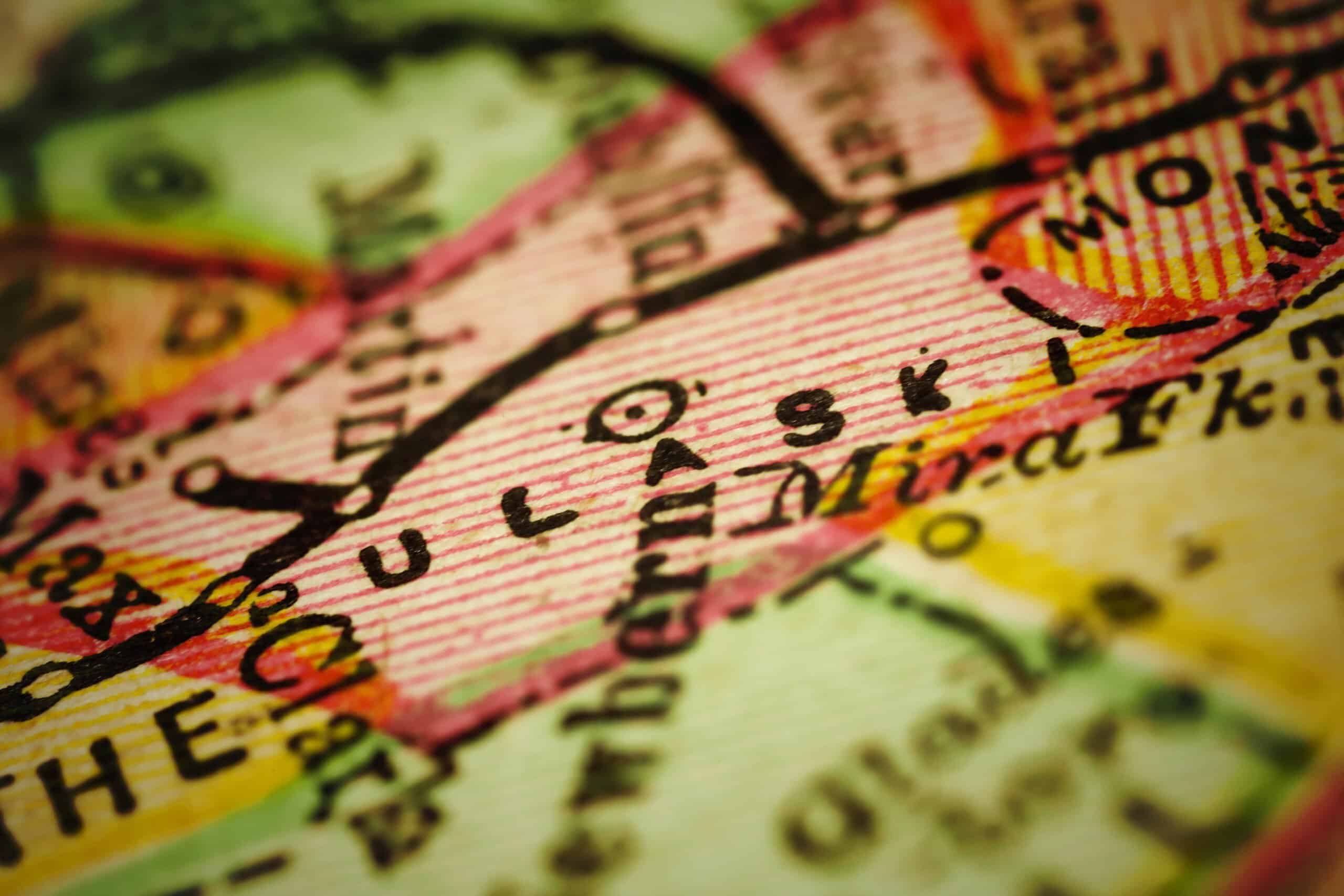
- Poverty rate: 22.6%
- Median household income: $55,213
- 5-yr. avg. unemployment rate: 4.1%
- Adults with a bachelor’s degree or higher: 15.4%
- Population: 8,982
7. Woodstock
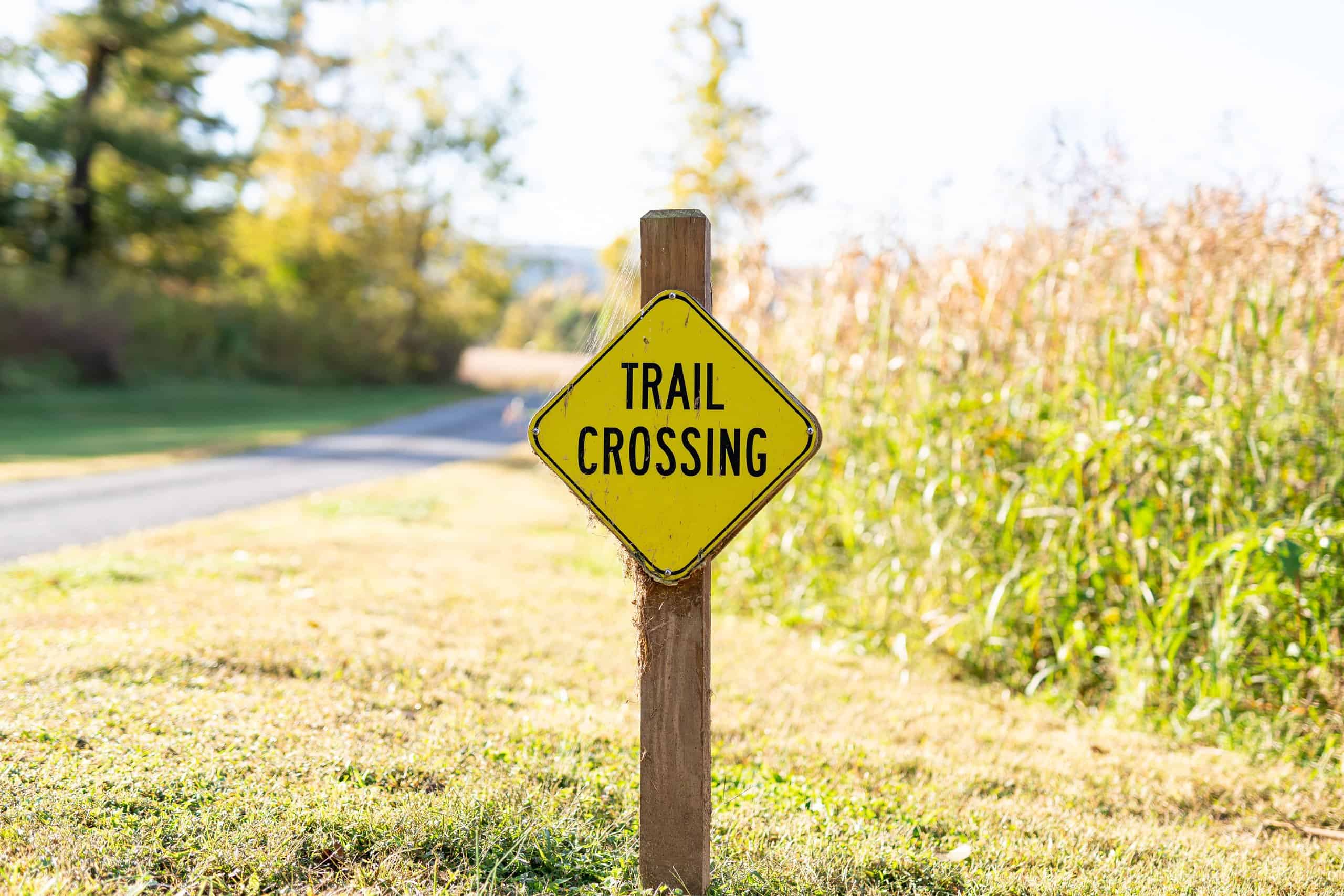
- Poverty rate: 23.5%
- Median household income: $64,470
- 5-yr. avg. unemployment rate: 5.2%
- Adults with a bachelor’s degree or higher: 25.6%
- Population: 5,798
6. Martinsville
- Poverty rate: 24.6%
- Median household income: $39,127
- 5-yr. avg. unemployment rate: 4.3%
- Adults with a bachelor’s degree or higher: 20.3%
- Population: 13,539
5. Montrose
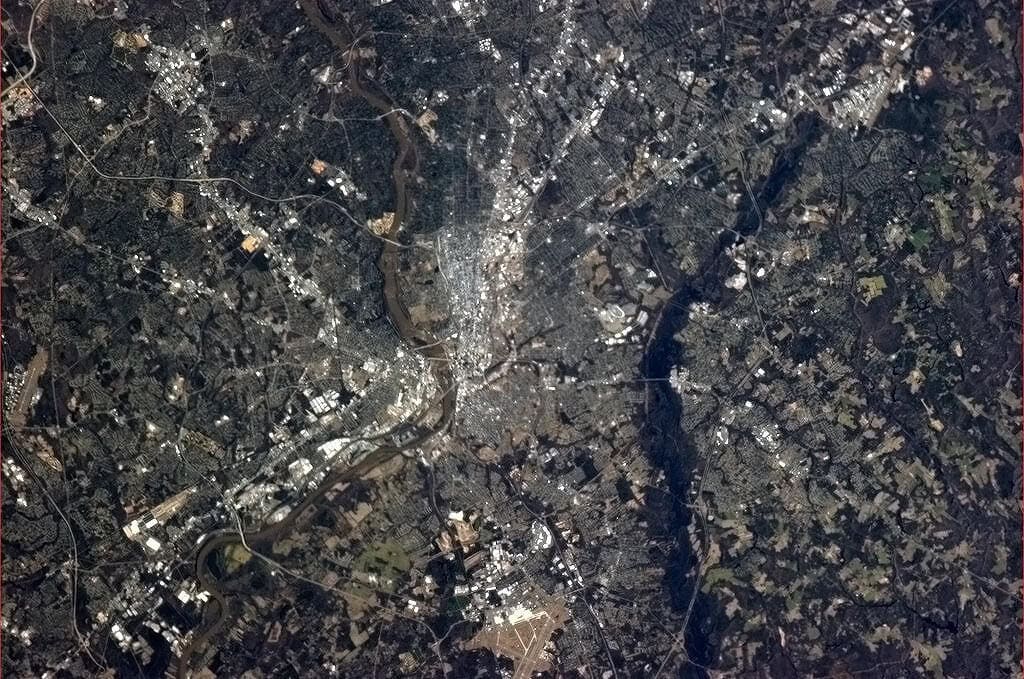
- Poverty rate: 24.6%
- Median household income: $39,023
- 5-yr. avg. unemployment rate: 4.3%
- Adults with a bachelor’s degree or higher: 16.3%
- Population: 8,363
4. Richlands

- Poverty rate: 25.0%
- Median household income: $35,959
- 5-yr. avg. unemployment rate: 8.5%
- Adults with a bachelor’s degree or higher: 15.2%
- Population: 5,266
3. Danville
- Poverty rate: 25.3%
- Median household income: $41,484
- 5-yr. avg. unemployment rate: 5.8%
- Adults with a bachelor’s degree or higher: 18.7%
- Population: 42,507
2. Bedford

- Poverty rate: 26.7%
- Median household income: $41,154
- 5-yr. avg. unemployment rate: 2.4%
- Adults with a bachelor’s degree or higher: 19.5%
- Population: 6,676
1. Wytheville

- Poverty rate: 27.3%
- Median household income: $39,459
- 5-yr. avg. unemployment rate: 5.4%
- Adults with a bachelor’s degree or higher: 23.5%
- Population: 8,228
| Rank | Place | Poverty rate (%) | Median household income ($) | Unemployment rate (%) | Adults with a bachelor’s degree or higher (%) | Total population |
|---|---|---|---|---|---|---|
| 1 | Wytheville, Virginia | 27.3 | 39,459 | 5.4 | 23.5 | 8,228 |
| 2 | Bedford, Virginia | 26.7 | 41,154 | 2.4 | 19.5 | 6,676 |
| 3 | Danville, Virginia | 25.3 | 41,484 | 5.8 | 18.7 | 42,507 |
| 4 | Richlands, Virginia | 25.0 | 35,959 | 8.5 | 15.2 | 5,266 |
| 5 | Montrose, Virginia | 24.6 | 39,023 | 4.3 | 16.3 | 8,363 |
| 6 | Martinsville, Virginia | 24.6 | 39,127 | 4.3 | 20.3 | 13,539 |
| 7 | Woodstock, Virginia | 23.5 | 64,470 | 5.2 | 25.6 | 5,798 |
| 8 | Pulaski, Virginia | 22.6 | 55,213 | 4.1 | 15.4 | 8,982 |
| 9 | Galax, Virginia | 22.4 | 44,612 | 4.4 | 17.5 | 6,687 |
| 10 | Petersburg, Virginia | 22.2 | 46,930 | 11.1 | 21.8 | 33,261 |
| 11 | Seven Corners, Virginia | 22.0 | 63,625 | 8.2 | 37.3 | 9,141 |
| 12 | Buena Vista, Virginia | 21.9 | 48,783 | 1.3 | 21.5 | 6,639 |
| 13 | Bensley, Virginia | 21.9 | 44,026 | 8.5 | 11.3 | 6,032 |
| 14 | Hopewell, Virginia | 21.3 | 50,661 | 8.6 | 11.1 | 23,046 |
| 15 | Bailey’s Crossroads, Virginia | 21.3 | 78,286 | 7.2 | 43.5 | 24,785 |
| 16 | Marion, Virginia | 20.7 | 37,337 | 5.1 | 20.8 | 5,722 |
| 17 | South Boston, Virginia | 20.4 | 49,654 | 4.3 | 19.9 | 7,942 |
| 18 | Highland Springs, Virginia | 19.1 | 54,270 | 5.4 | 17.8 | 14,881 |
| 19 | Bellwood, Virginia | 19.0 | 50,231 | 7.4 | 13.6 | 7,783 |
| 20 | Franklin, Virginia | 18.7 | 57,537 | 5.3 | 23.2 | 8,194 |
| 21 | Dulles Town Center, Virginia | 18.1 | 114,034 | 4.0 | 51.8 | 5,884 |
| 22 | Fredericksburg, Virginia | 18.0 | 83,445 | 5.1 | 43.5 | 28,258 |
| 23 | Bluefield, Virginia | 18.0 | 53,162 | 2.8 | 29.0 | 5,059 |
| 24 | Hybla Valley, Virginia | 17.5 | 65,843 | 6.3 | 35.0 | 18,104 |
| 25 | Emporia, Virginia | 17.3 | 41,442 | 7.0 | 16.5 | 5,680 |
| 26 | Bristol, Virginia | 17.0 | 45,250 | 4.1 | 22.8 | 17,036 |
| 27 | Covington, Virginia | 16.9 | 45,737 | 2.6 | 11.4 | 5,722 |
| 28 | Winchester, Virginia | 16.8 | 62,495 | 5.2 | 32.3 | 28,103 |
| 29 | Big Stone Gap, Virginia | 16.4 | 52,663 | 11.7 | 19.4 | 5,221 |
| 30 | Dumbarton, Virginia | 16.4 | 59,005 | 4.5 | 28.4 | 8,271 |
| 31 | Waynesboro, Virginia | 16.1 | 52,519 | 4.7 | 27.2 | 22,341 |
| 32 | Abingdon, Virginia | 15.7 | 56,164 | 4.0 | 37.3 | 8,346 |
| 33 | Front Royal, Virginia | 15.5 | 62,735 | 7.5 | 17.4 | 15,064 |
| 34 | Hutchison, Virginia | 14.4 | 99,647 | 2.8 | 42.6 | 6,947 |
| 35 | Collinsville, Virginia | 13.8 | 45,914 | 6.5 | 26.5 | 7,640 |
It’s Your Money, Your Future—Own It (sponsor)
Retirement can be daunting, but it doesn’t need to be.
Imagine having an expert in your corner to help you with your financial goals. Someone to help you determine if you’re ahead, behind, or right on track. With SmartAsset, that’s not just a dream—it’s reality. This free tool connects you with pre-screened financial advisors who work in your best interests. It’s quick, it’s easy, so take the leap today and start planning smarter!
Don’t waste another minute; get started right here and help your retirement dreams become a retirement reality.
Thank you for reading! Have some feedback for us?
Contact the 24/7 Wall St. editorial team.
